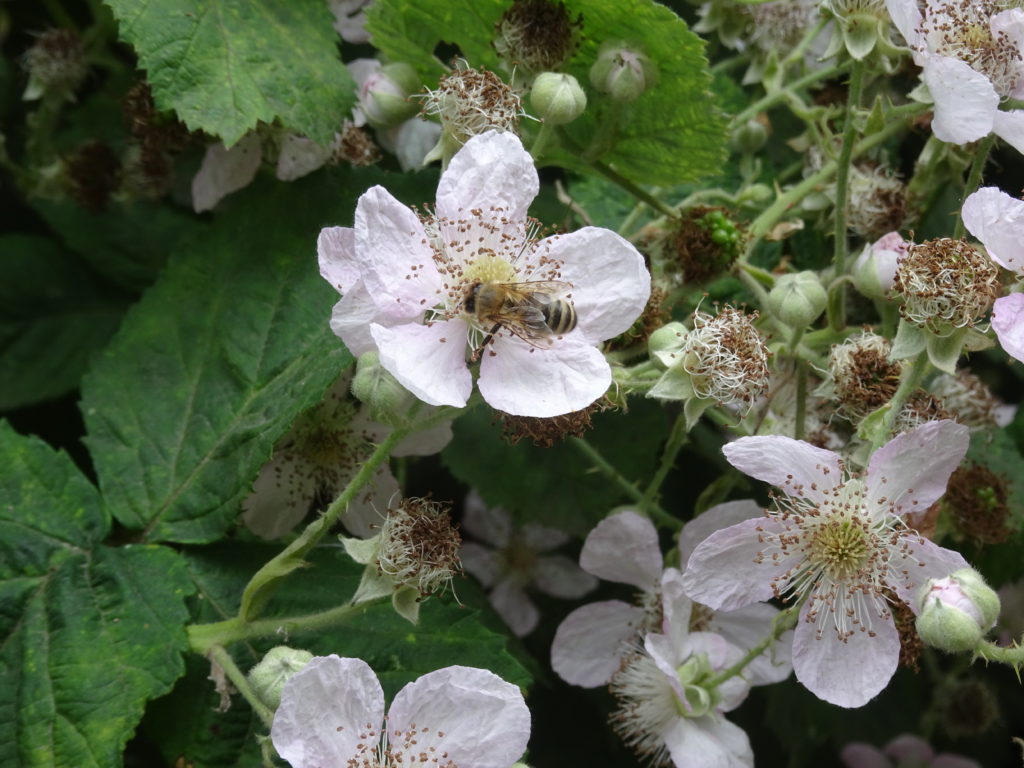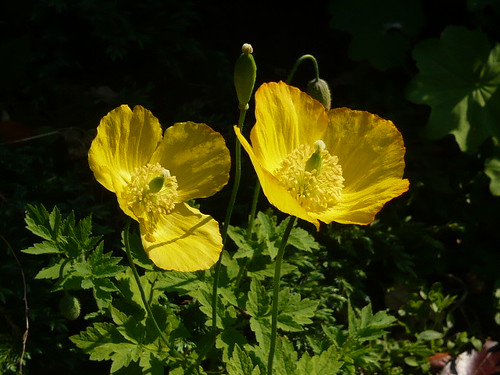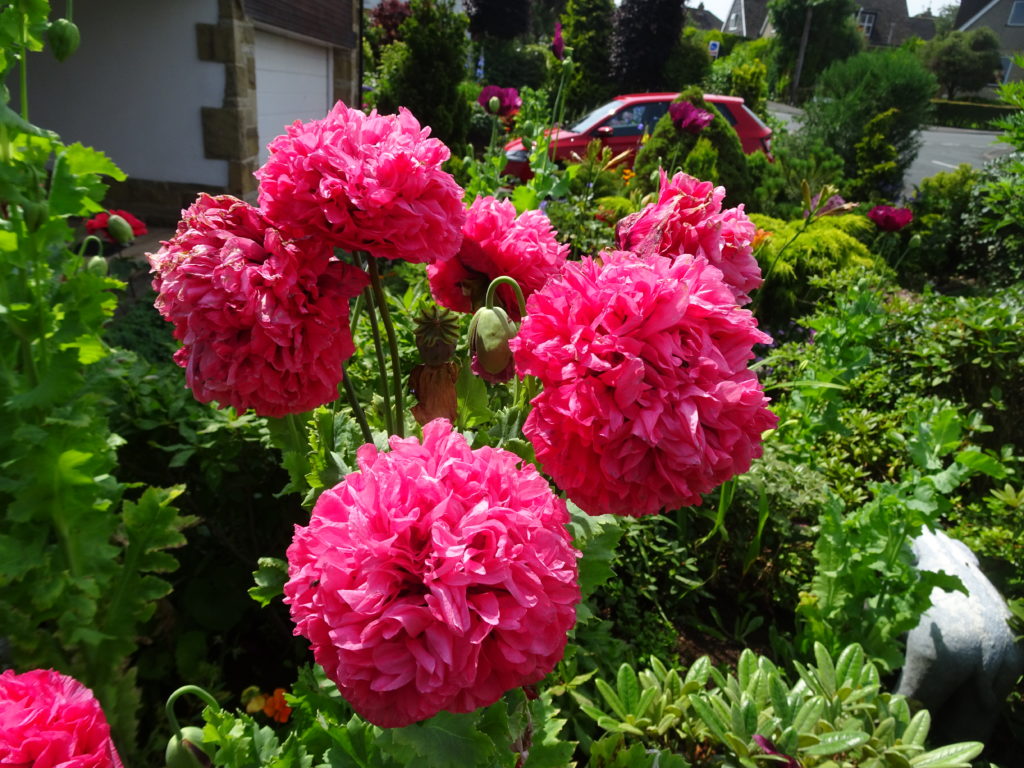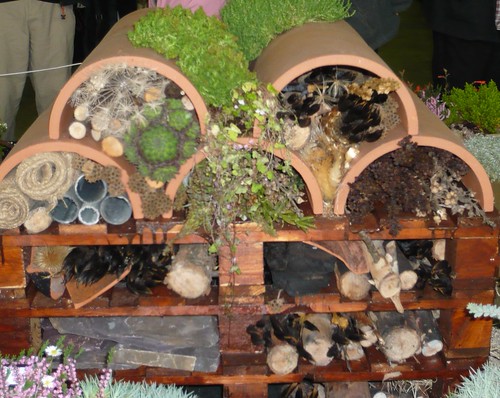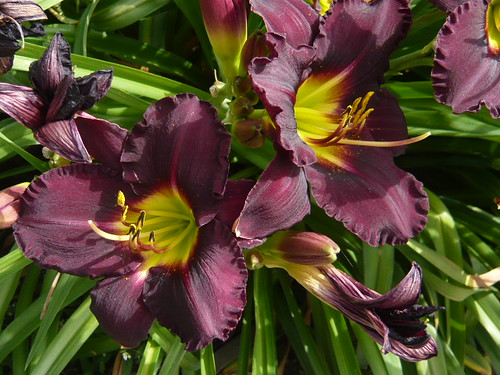
Hemerocallis also called Daylilies
These are a popular perennial that can grow to 2 – 4 foot depending on variety and location. It dies back in winter only to regenerate with fresh green strappy, arching leaves in spring. The plant forms good clumps which can be split when they get too large.
Daylilies have a profusion of short lived flowers sometimes only lasting a day as the name implies. So many flowers are produced that there is a continual supply and each blossom bear close inspection as well as offering a good all round display. They normally flower from June to August.
- Daylilies have given a wonderful show this year!
Hemorocallis is a plant to look out for and to add to your collection.
- For those who want a colourful display with lush foliage I can recommend Daylilies
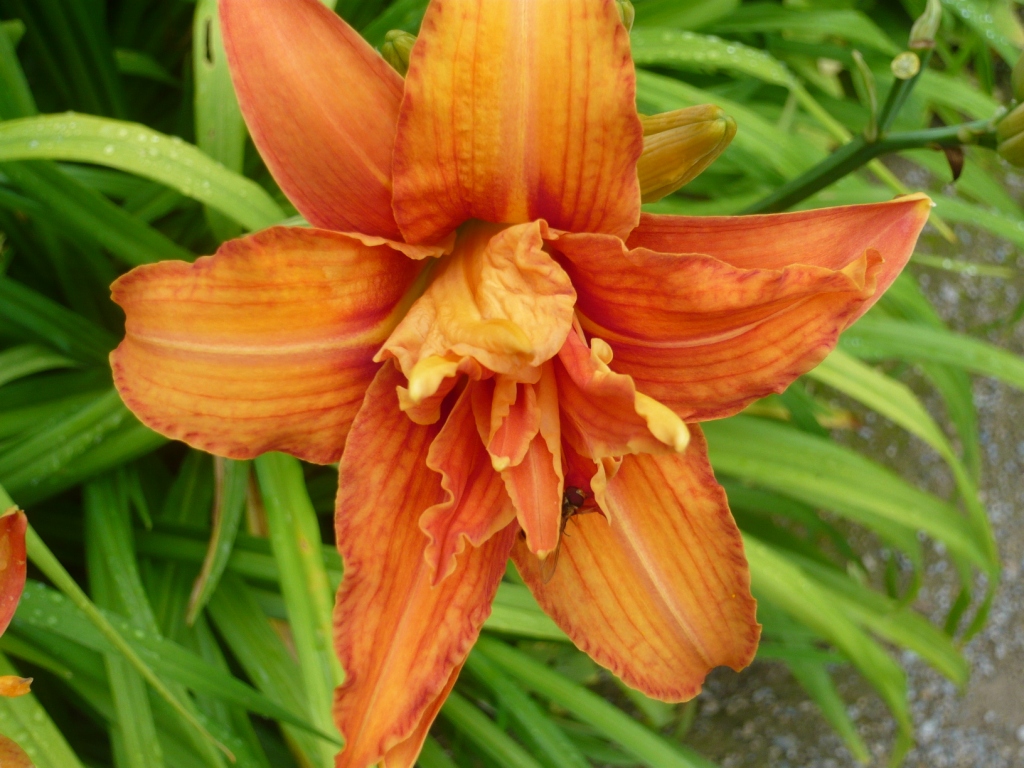
Special uses of Daylilies
-
- Plant them close to daffodils to help hide the dying foliage.
- The plants like water so it is possible to use them by streams or in a bog garden using varieties such as Hemerocallis aurantiaca, (orange) Hemerocallis citrina and Hemerocallis minor a dwarf yellow plant with scented flowers.
- The flowers are edible and can be added to salads or dried for use in soups
- The latest new introductions will be more expensive when new but if successful will be available more cheaply in seasons to come
- I grow Hyperion a yellow flower and want to try some bi-coloured plants like Franz Hals or Flore Pleno
Several varieties are shown here but many more can be seen on Google.
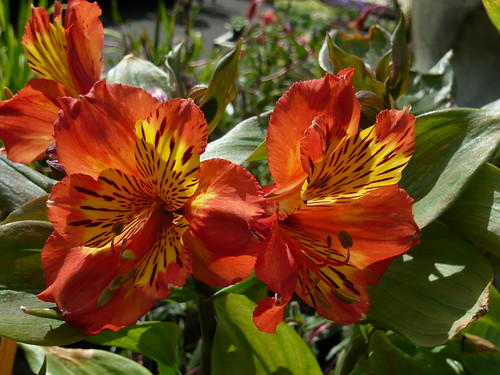
Daylily Tips
-
- Available in many shades of yellow, gold, orange,red and bronze – try some from your trusted local garden centre.
- Size of plant varies but choose your plant by the flower, its scent and how it is held above the foliage.
- The plastic coloured identification label may not be true on some cheap plants.
- It is OK to buy plants in flower as long as you give them plenty of water when planting and in early growth.
- Propagation by division is easy and the success rate quite high but I don’t make each division too small.
- Find out more at the Hemerocallis society
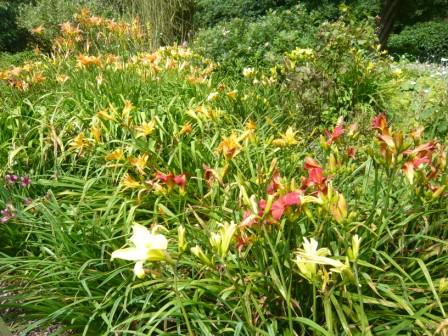
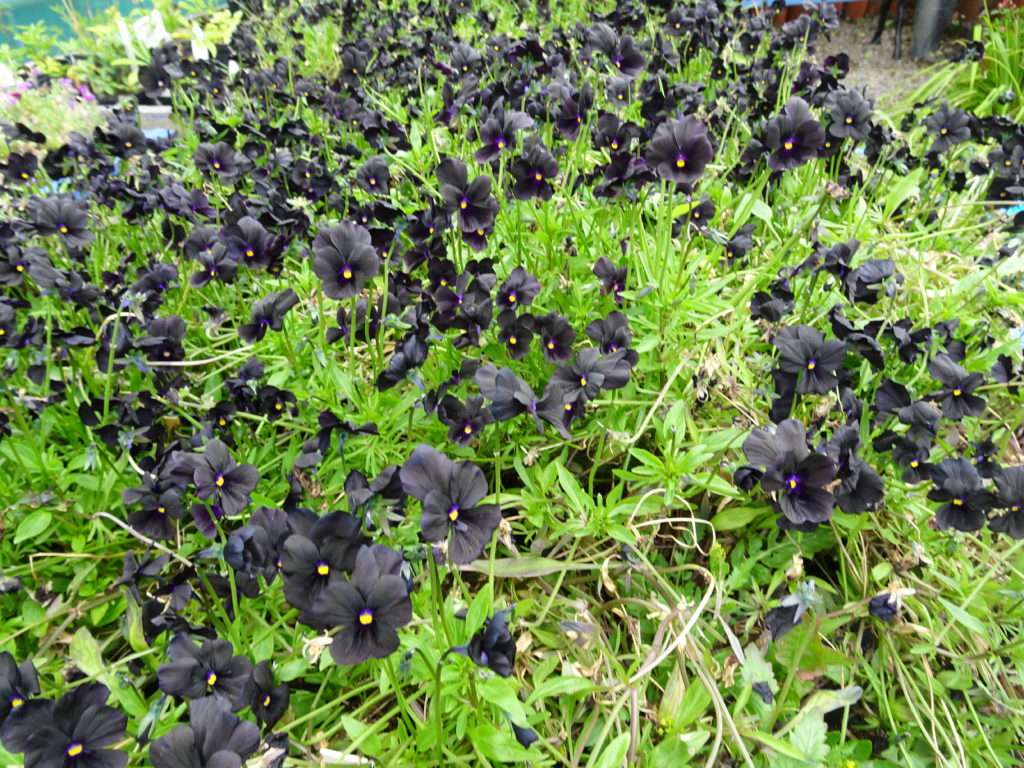
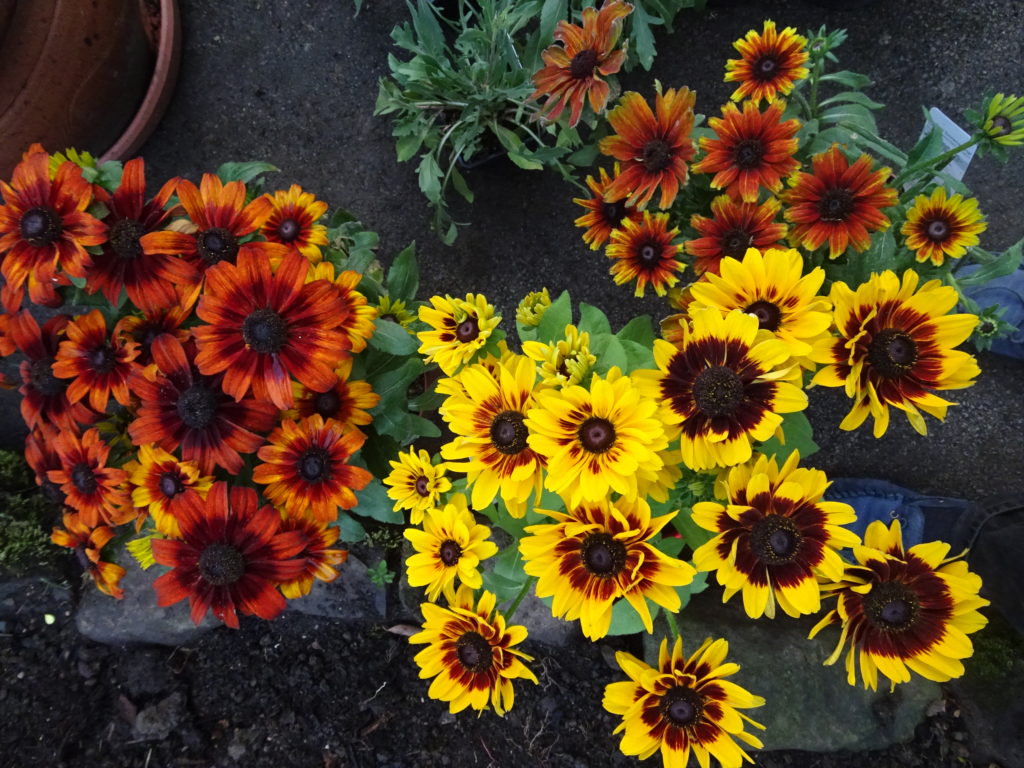
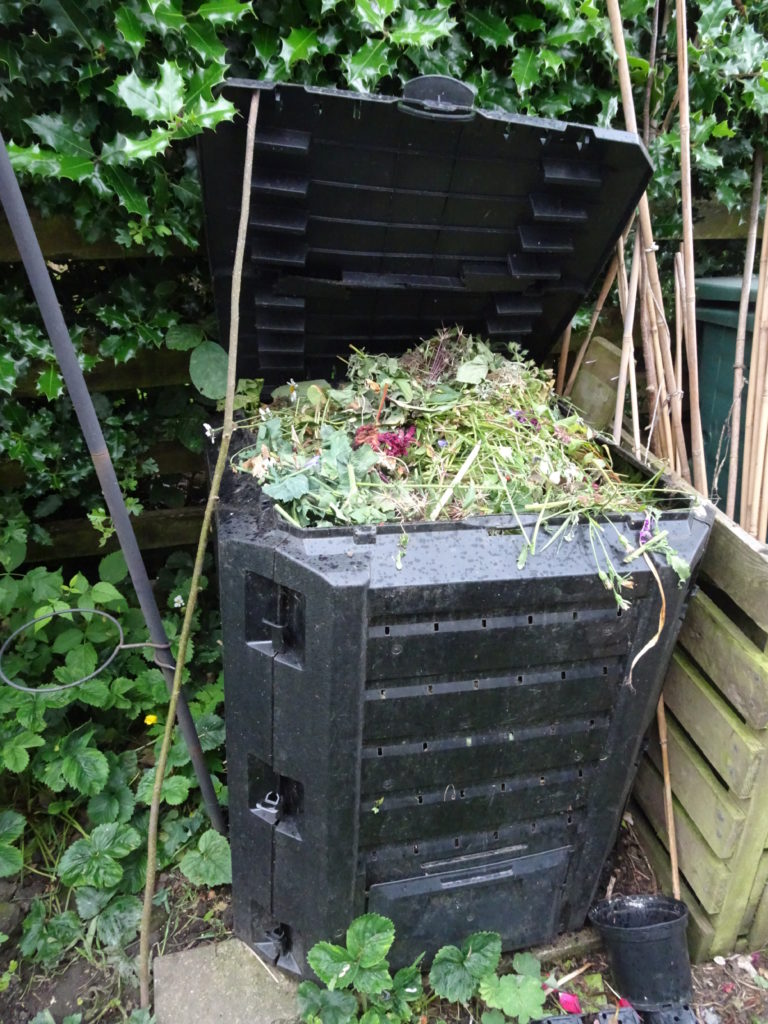
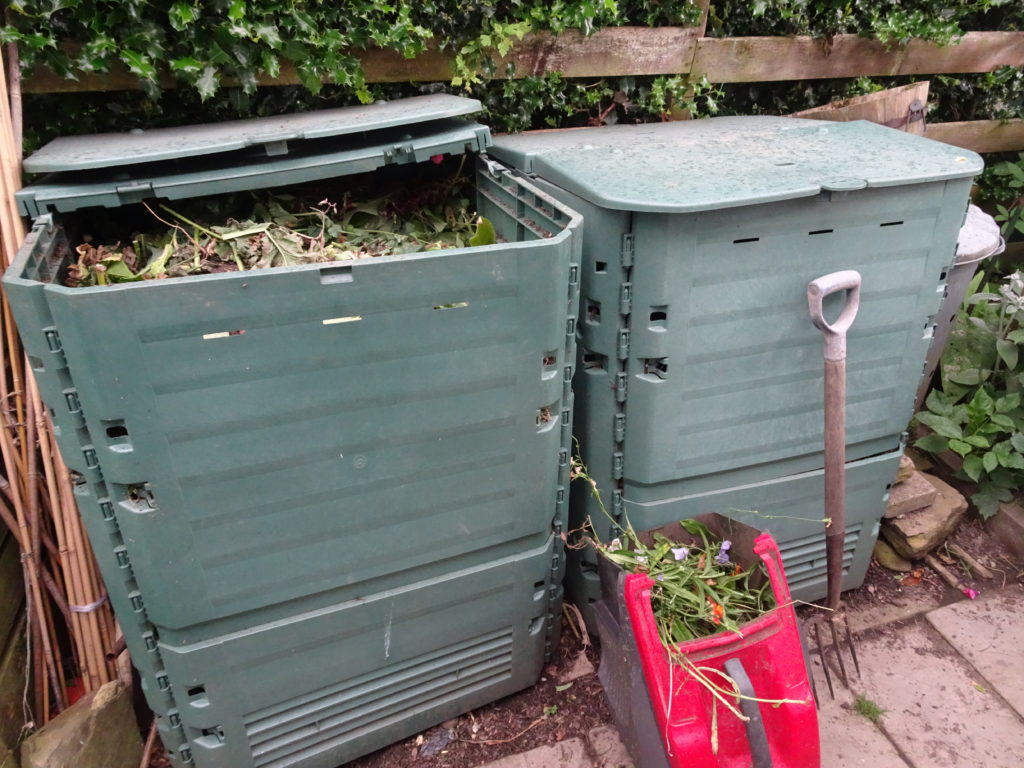
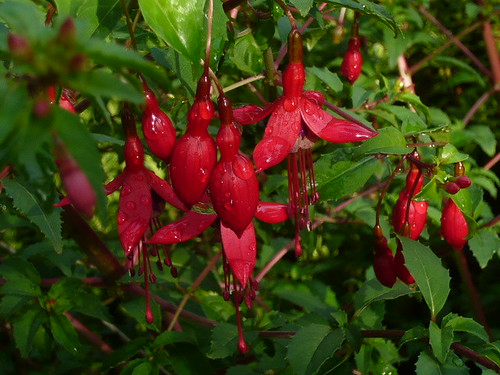


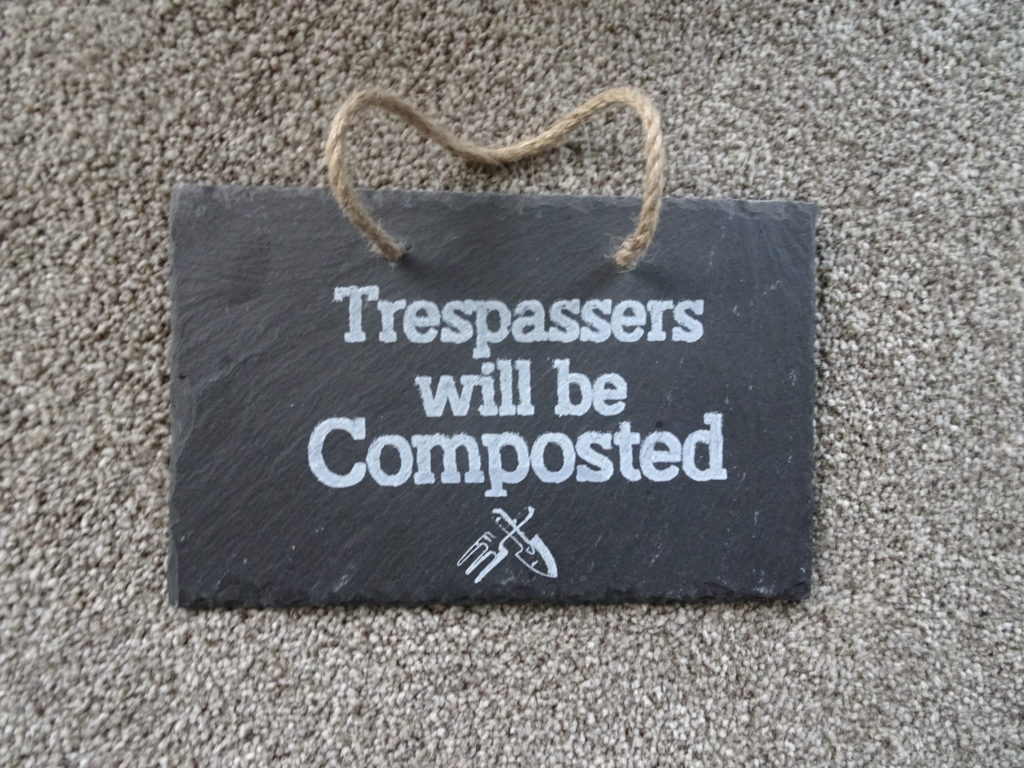

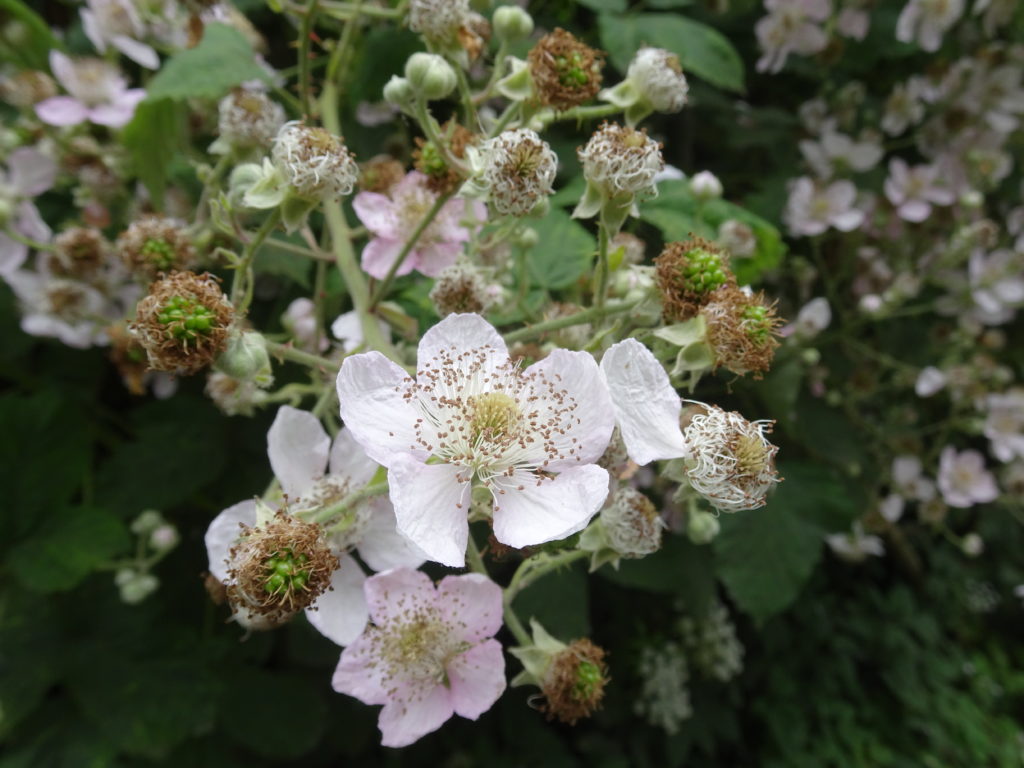 Looking carefully at this picture you can see young unopened buds at the top center with some flowers that have been pollinated and begun to show nascent green fruitlets which will turn into blackberries when they swell and ripen.
Looking carefully at this picture you can see young unopened buds at the top center with some flowers that have been pollinated and begun to show nascent green fruitlets which will turn into blackberries when they swell and ripen.